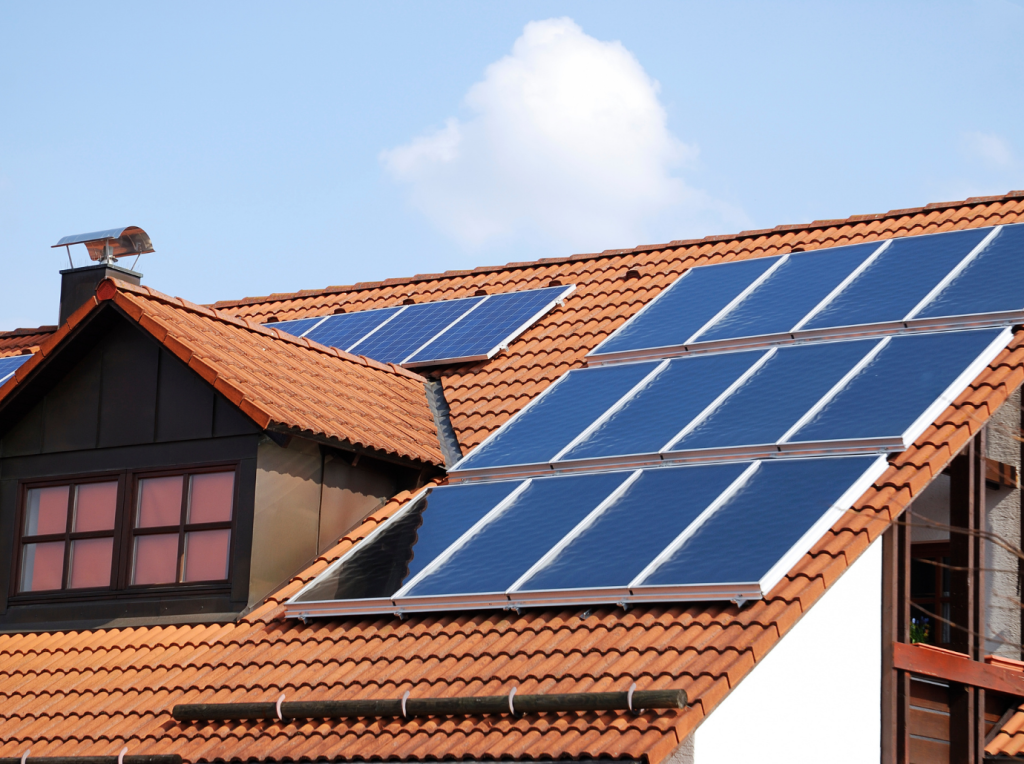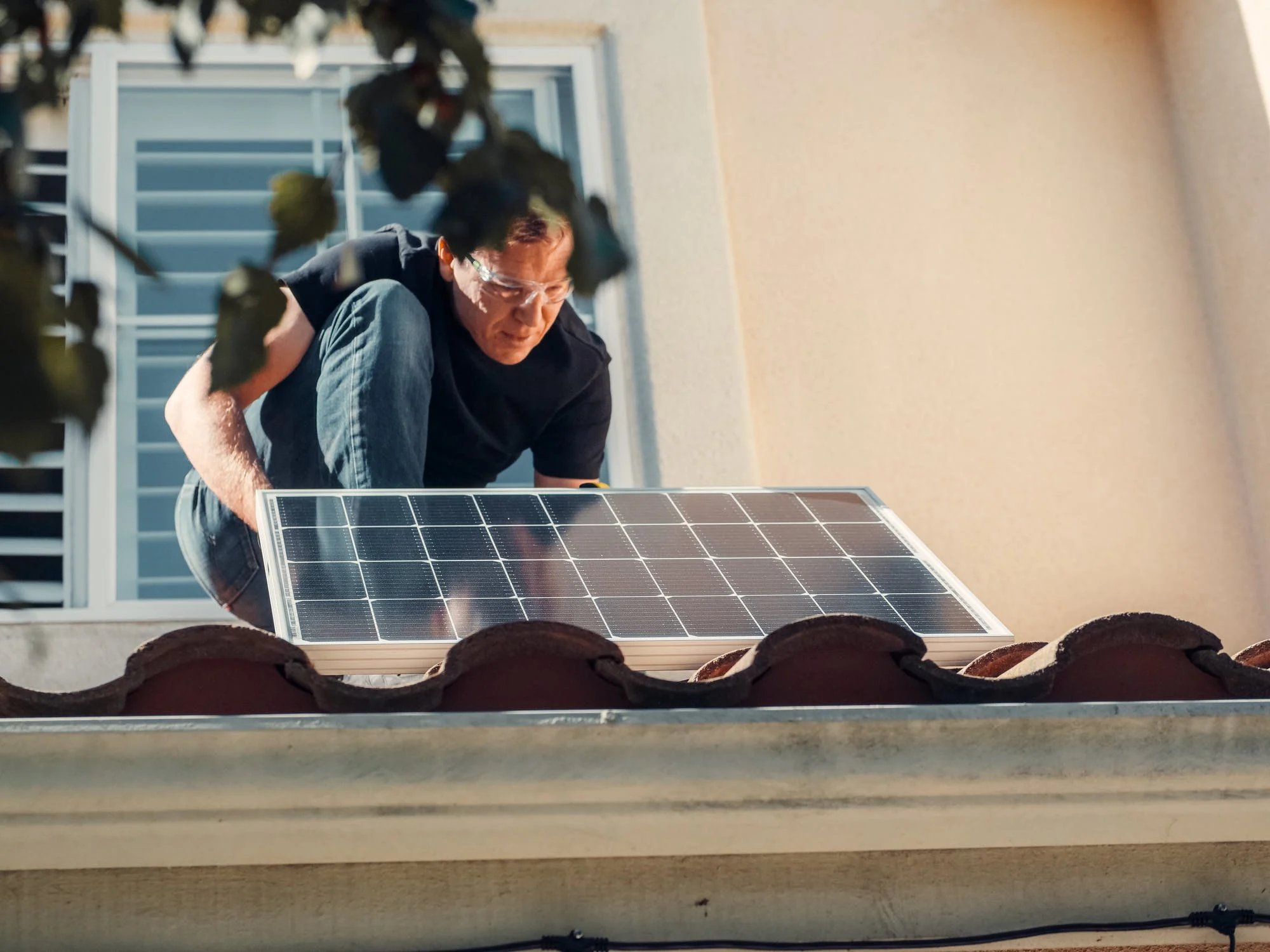
Solar panel installation is more than choosing a brand; it starts with the correct size. That initial decision will determine […]

Have you been thinking of going solar in Australia? Before you go all in and sign up for those shiny new panels, there are a few critical things you should consider.
Installing solar is a big decision that requires a serious investment in terms of both time and money. You want to make sure you go in with realistic expectations about what solar power can do for you.
How much can you actually save?
How will it impact the value of your home?
Will the savings outweigh the costs over the lifetime of the system?
Thinking of going solar in Australia? The amount of sunlight your roof gets is crucial.
Check how many hours of direct sunlight your roof receives, especially during midday. The more the better! Areas that get many clear sunny days year-round, like Queensland and Western Australia, are ideal.
Remember, sunlight levels vary over the seasons, so make sure there’s enough sunlight during winter too, when your system will be working the hardest to power your home.
Think about any shadows that could fall on your roof from nearby trees or buildings.
They can significantly impact the amount of sunlight that reaches your panels. It may be worth trimming or removing them.
Also read: Determining Your Solar Needs
Before going solar in Australia, check how much energy you actually use. The number of panels and batteries you’ll need depends on it.
The Australian government currently offers generous solar rebates and incentives to encourage more people to go solar. The main options are:
The Australian government offers rebates and incentives for installing solar panels through the Small-Scale Renewable Energy Scheme (SRES). As a homeowner, you’ll receive Small-scale Technology Certificates (STCs) for the energy your solar system produces.
Each STC has a monetary value and can be sold to lower the overall cost of your solar panel system.
The total number of STCs you receive will depend on the size of your solar system, the area where you live, and current STC prices. On average, STCs can cover 25-40% of your total system cost.
The time it takes to install solar panels in Australia can vary depending on the size of your system and roof, but you can expect the actual installation to take around 1 to 3 days for an average residential property.
However, the overall process from signing a contract to final inspection can take 3 to 6 weeks or longer.
Some key things to keep in mind:
The Australian government offers incentives for homeowners to install solar panels through the Renewable Energy Target (RET) scheme.
As part of this scheme, you may be eligible for feed-in tariffs (FiTs) for the excess energy your solar panels generate and export back to the grid. FiTs allow you to earn money in return for this exported power.
Rates will depend on your energy retailer and location, but are typically between 5 and 20 cents per kilowatt-hour.
The more solar panels you install, the more you can potentially earn from FiTs. However, FiT rates have declined over the years as solar has become more affordable. Check with your energy provider for the latest FiT rates in your area to determine how much you may earn.
The orientation of your roof plays an important role in how much sunlight your solar panels will receive on a daily and yearly basis.
For optimal energy generation, aim for a north-facing roof. North-facing panels will receive the most direct sunlight over the course of a day.
East or west-facing roofs can work too, but your panels may receive shade for parts of the day. South-facing roofs are not ideal as panels can overheat in the intense Australian sun.
Consider the pitch or angle of your roof as well. A steeper pitch, like 30 to 45 degrees, is best as it allows for optimal sun exposure.
Flatter roofs will require the panels to be mounted at an angle to properly face the sun. In some cases, a ground mount system where panels are secured in an open area of your yard may be better than a flat roof.
The ideal installation space is a north-facing roof with a 30 to 45-degree pitch, which will maximize the amount of solar energy received.
So there you have it, seven essential things you need to think about if you want to go solar in Australia.
Making the switch to solar power is a big decision, but also an exciting opportunity to take control of your energy usage and bills.
Just do your research, understand the costs and savings, find reputable installers, choose a system that’s right for your needs, and enjoy all the benefits of harnessing the sun’s energy. The future is shining bright for solar Down Under, now go catch some of those rays!